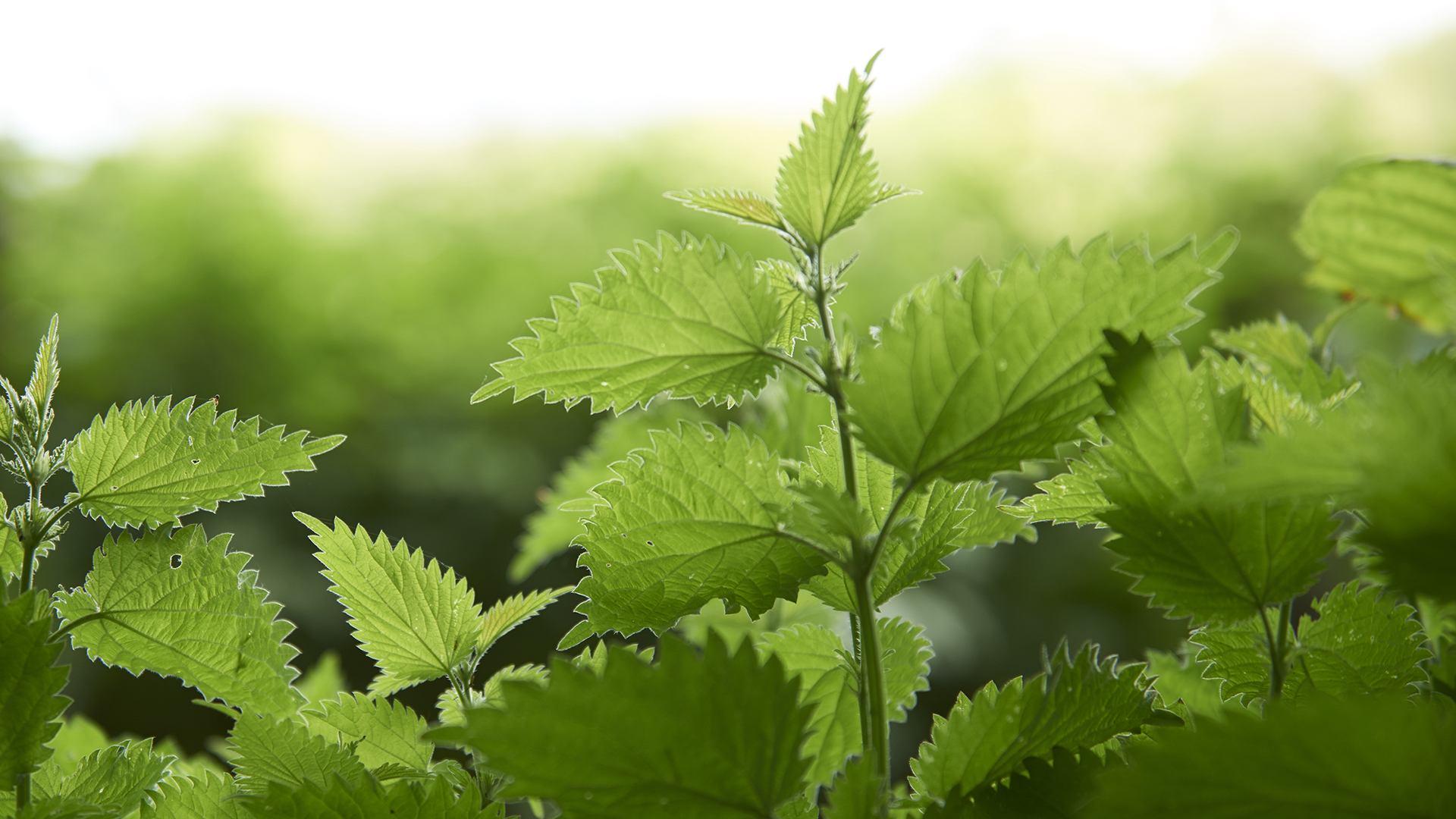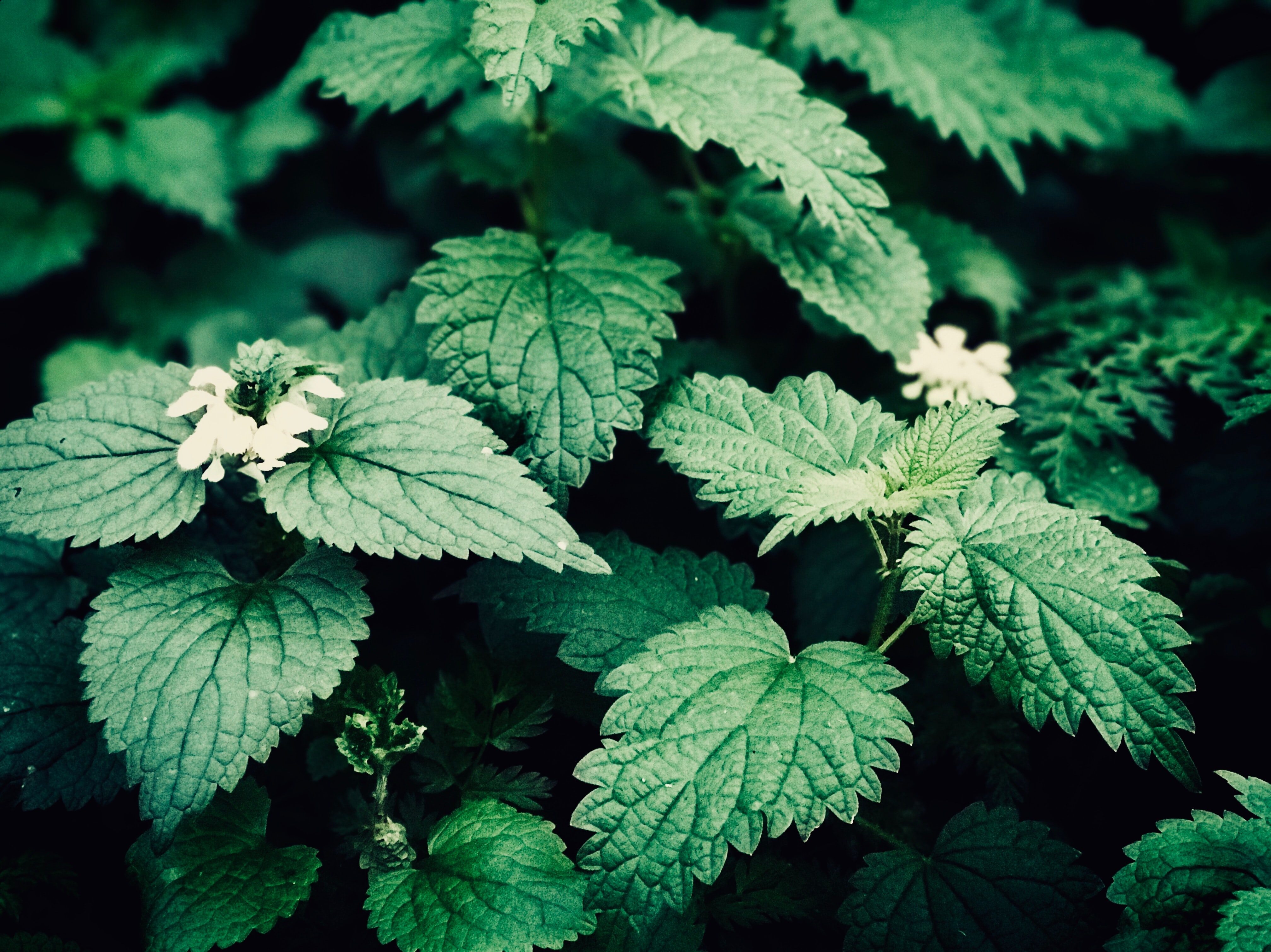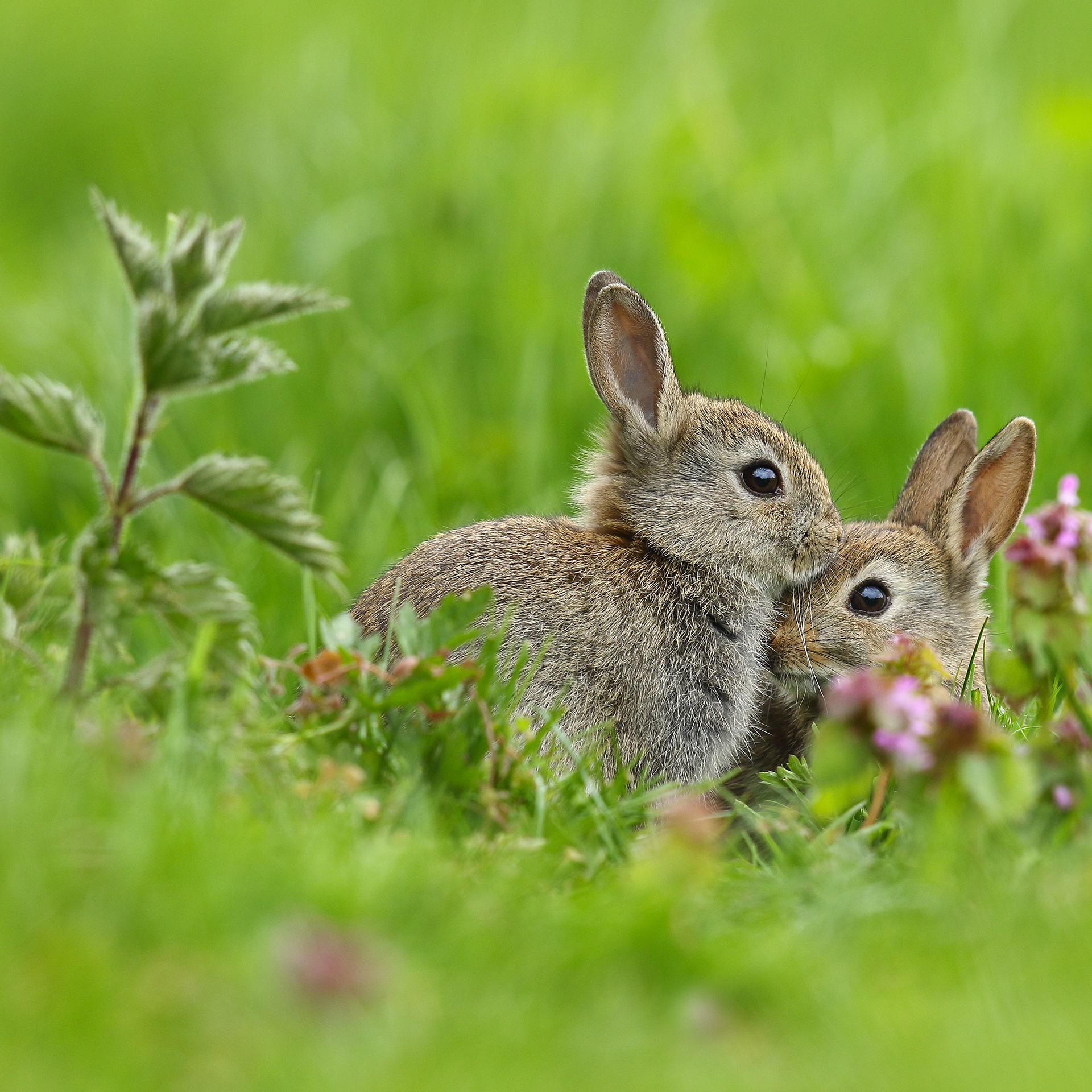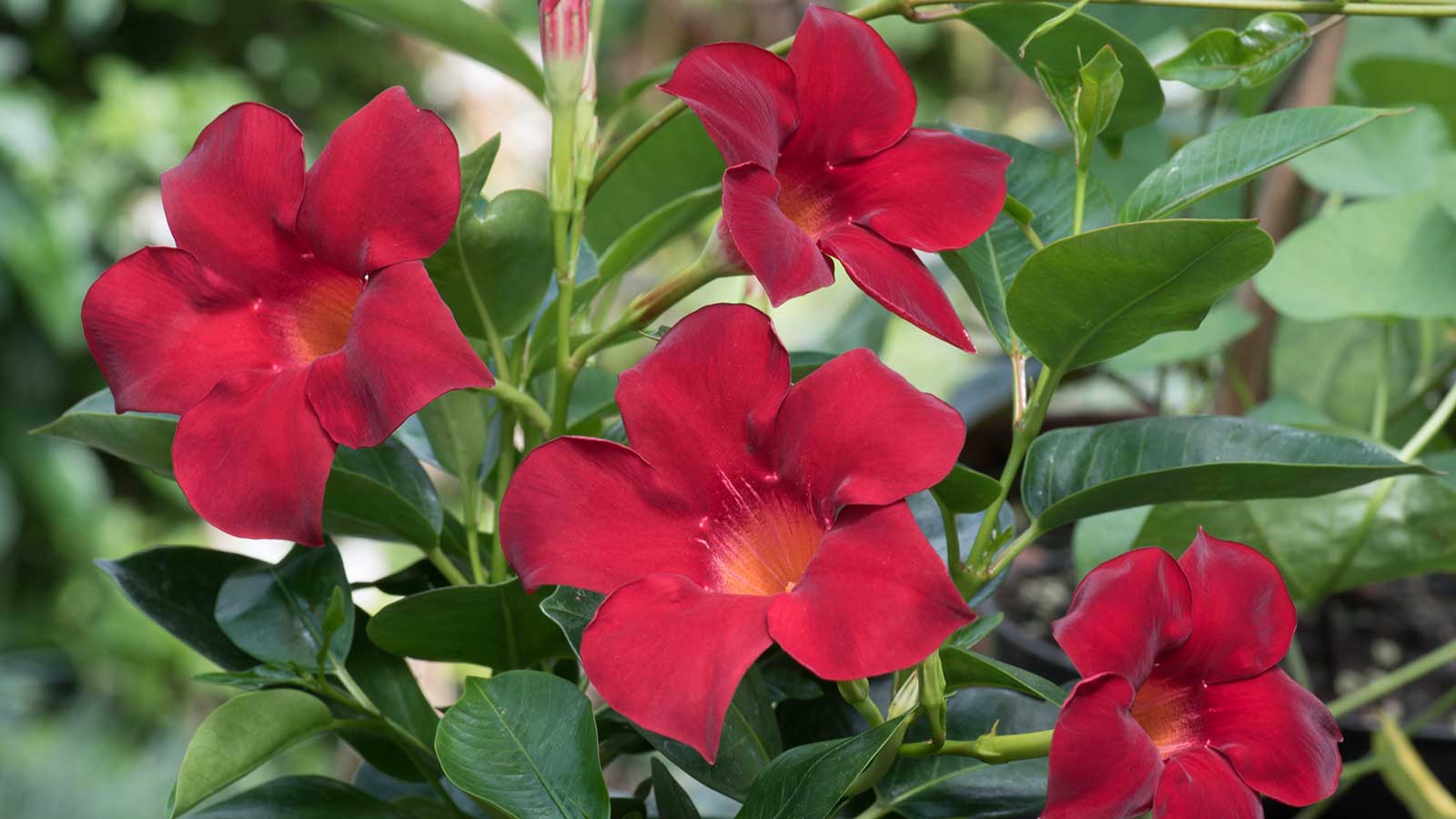Are stinging nettle benefits to be believed? Top chef Jamie Oliver says yes – we investigate
Nutritious, delicious and good for wildlife, stinging nettles deserve a second glance and a place on our plates, and the time to pick them is now say foraging experts

Stinging nettle benefits? Yes, this is a thing. So this weekend, put on some thick gloves and prepare yourself to do battle with stinging nettles. No, not weeding, but foraging. Because it turns out that if you handle them right, these painful and invasive plants can actually do more good than harm.
Higher in protein than almost any other leafy green vegetable, tasty, and more nutritious than spinach, kale or asparagus, nettles deserve a place on our plates as well as in our gardens.
See: Small garden ideas – clever designs for maximizing a compact gardening space
Celebrity chefs Gordon Ramsay, Hugh Fearnley-Whittingstall and Jamie Oliver agree, and all have nettle recipes in their batterie de cuisine.
In a video on Jamie Oliver's You Tube channel, the top chef shows how to make a simple nettle ravioli, first foraging the leaves, gloves at the ready. He uses nettles in soups, pasta sauces, risottos, and even sprinkles the braised leaves on quiches and pizzas.
'These underloved little greens, let's give them some love,' urges Oliver, adding, 'next time you go for a walk, maybe, there's a dish for you.'
Stinging nettle benefits – and how to gather them

Photo by Paul Morley on Unsplash
Stinging nettles are packed with iron, and vitamins C, A, and B, and have a good calcium and protein content.
Sign up to the Homes & Gardens newsletter
Design expertise in your inbox – from inspiring decorating ideas and beautiful celebrity homes to practical gardening advice and shopping round-ups.
'Nettles offer a good nutritious boost and overall tonic for the body,' as forager Rachel Lambert puts it, but did you know they also play a vital role in our gardens and in the countryside too?
Nettles, as Alysia Vasey from Yorkshire Foragers explains, 'are one of few plants that actually give back to the soil more than they take, enriching it by transferring a supply of nitrates. They are also the absolute favorite of every butterfly and moth.'
Dried or boiled leaves can be used enrich feed for laying hens, while fresh leaves and stalks can be added to compost heaps to speed the composting process, or left in a bucket of water to decompose into nitrogen-rich liquid plant food.
Food for the soil, food for wildlife, food for healthy bodies. Nettles: the ultimate superfood.
See: Eco-friendly garden ideas – expert tips on creating an eco-friendly backyard
How to pick stinging nettles

To pick nettles, wear gloves and mind your legs and ankles. Choose a site away from roads and dog walking routes and of course wash your foraged bounty thoroughly.
Foraging expert, author and guide Rachel Lambert has the following advice: 'Just pick the top four to six leaves which will stimulate the plant to create a second growth (picking is good for plants) and at the first sign of the catkin-like flowers, stop picking them.'
Expert forager Alysia Vasey from Yorkshire Foragers supplies foraged fare to top chefs and restaurants. She has the following warning about nettles: 'They have glass like spikes and each spike carries venom. If you do happen to sting yourself try not to touch it as you risk pushing the glass like spike further into your skin releasing more venom.'
And nature's antidote? 'Look for dock leaves and scrunch in your hand to bruise them. They release a natural anti histamine and will help the sting.'
Stinging nettle recipe tricks
Never eat raw nettles. They must always be cooked or blanched. Cooking nettles removes the sting completely.
Alysia Vasey adds: 'The secret to a great nettle recipe is to remove the stalks, we do this for chefs and spend a great deal of time cutting the leaf from the stem with scissors and sometimes two pairs of gloves! Nettles have incredibly tough stems that traditionally were used for rope making, so use the nettle leaf only.'
See: Outdoor kitchen ideas – create a food prep station in your backyard
'The trick is to blanche them, not obliterate them so that they retain the flavor, the vitamins but not the sting.'
Vasey then blitzes the blanched leaves and uses them to make gnocchi, pesto and soup. 'It really is a matter of replacing your favorite green leaf veg with nettle. And it's free,' she adds.
Karen sources beautiful homes to feature on the Homes & Gardens website. She loves visiting historic houses in particular and working with photographers to capture all shapes and sizes of properties. Karen began her career as a sub-editor at Hi-Fi News and Record Review magazine. Her move to women’s magazines came soon after, in the shape of Living magazine, which covered cookery, fashion, beauty, homes and gardening. From Living Karen moved to Ideal Home magazine, where as deputy chief sub, then chief sub, she started to really take an interest in properties, architecture, interior design and gardening.
-
 'If it speaks to you, it will find its place' – 5 easy tips for starting a collection of antiques and vintage pieces, suggested by experts with years of experience
'If it speaks to you, it will find its place' – 5 easy tips for starting a collection of antiques and vintage pieces, suggested by experts with years of experienceWhether you're a fan of antique pottery or vintage art, these 5 designer-approved tips will help you build a lasting collection that will create impact and stand the test of time
By Eleanor Richardson
-
 Pot plants that thrive on neglect – 5 easy-going picks for super busy gardeners
Pot plants that thrive on neglect – 5 easy-going picks for super busy gardenersFrom spiky succulents to pollinator-friendly blooms, these expert recommendations need barely any attention to flourish
By Holly Crossley
-
 Water garden ideas – 9 ways to introduce soothing water to your outdoor space
Water garden ideas – 9 ways to introduce soothing water to your outdoor spaceFrom cascading fountains to wildlife ponds, there are plenty of ways to create a tranquil water garden
By Leigh Clapp
-
 How to grow poppies
How to grow poppiesFind out how to grow poppies to enjoy the beauty of these brightly colored tissue paper-like blooms
By Leigh Clapp
-
 How to grow delphiniums from seed
How to grow delphiniums from seedFind out how to grow delphiniums from seed and enjoy these colorful cottage garden favorites filling beds and borders
By Leigh Clapp
-
 How to grow ferns – when and how to plant and care for them
How to grow ferns – when and how to plant and care for themLearn how to grow ferns to enjoy the texture and form of these versatile plants in many areas of your garden
By Leigh Clapp
-
 How to grow sweet peas from seed – in borders and pots
How to grow sweet peas from seed – in borders and potsFind out how to grow sweet peas and where to enjoy their wonderful color, ruffled blooms and sweet fragrance in your garden
By Pippa Blenkinsop
-
 How to make fat balls for birds – easy steps feed our feathered friends
How to make fat balls for birds – easy steps feed our feathered friendsLearn how to make fat balls for birds to ensure their wellbeing throughout the winter
By Holly Reaney
-
 Planning a kitchen garden – from layouts to picking the best crops
Planning a kitchen garden – from layouts to picking the best cropsPlanning a kitchen garden is easy with this expert advice – whether yours is in beds, borders or a dedicated patch – you're guaranteed success
By Leigh Clapp
-
 How to grow cosmos – expert tips on when and where to plant these flowers
How to grow cosmos – expert tips on when and where to plant these flowersLearn how to grow cosmos to add bright color in your garden from summer through to fall with their beautiful blooms
By Leigh Clapp